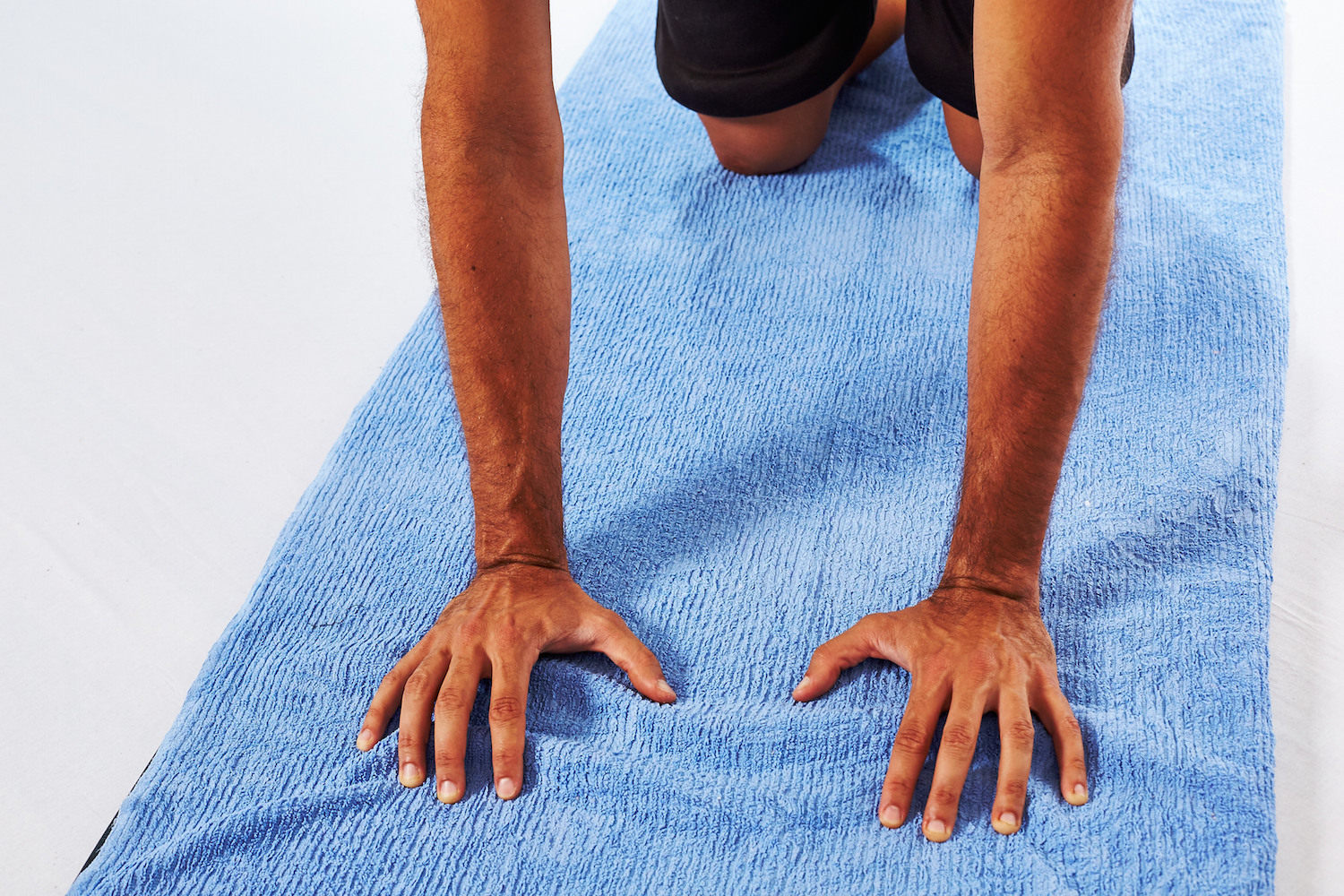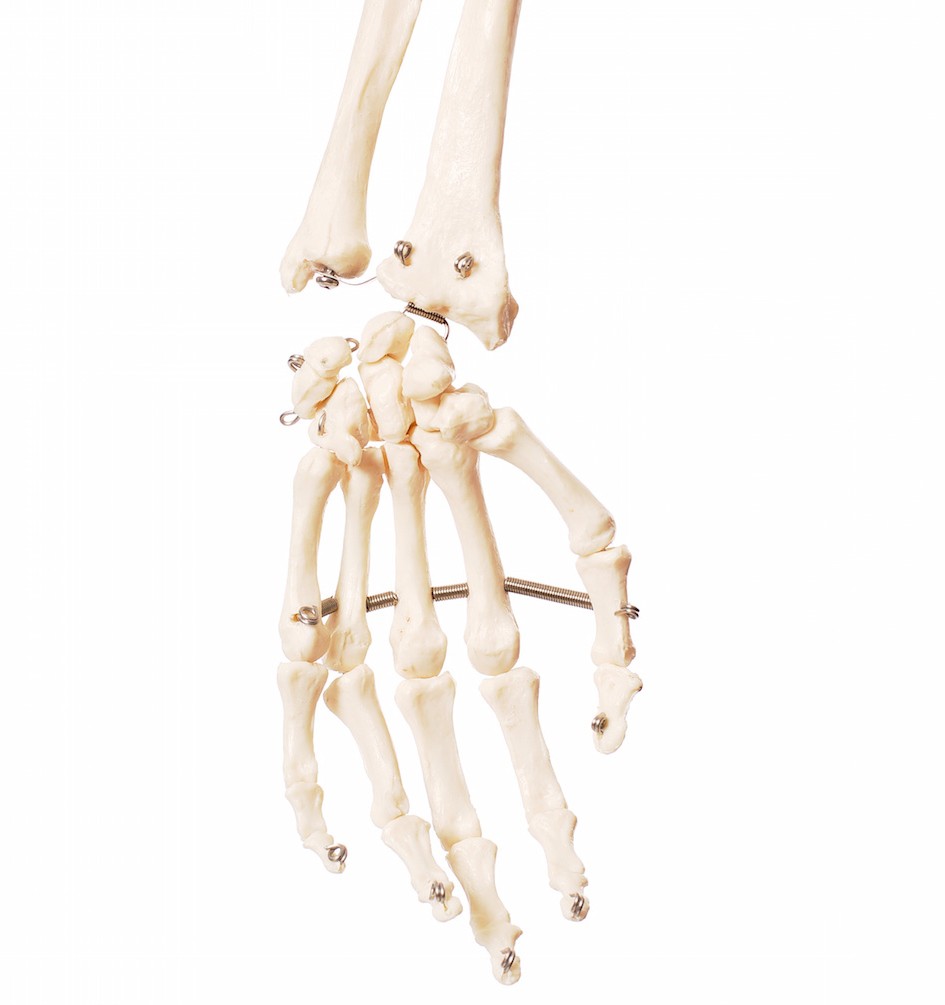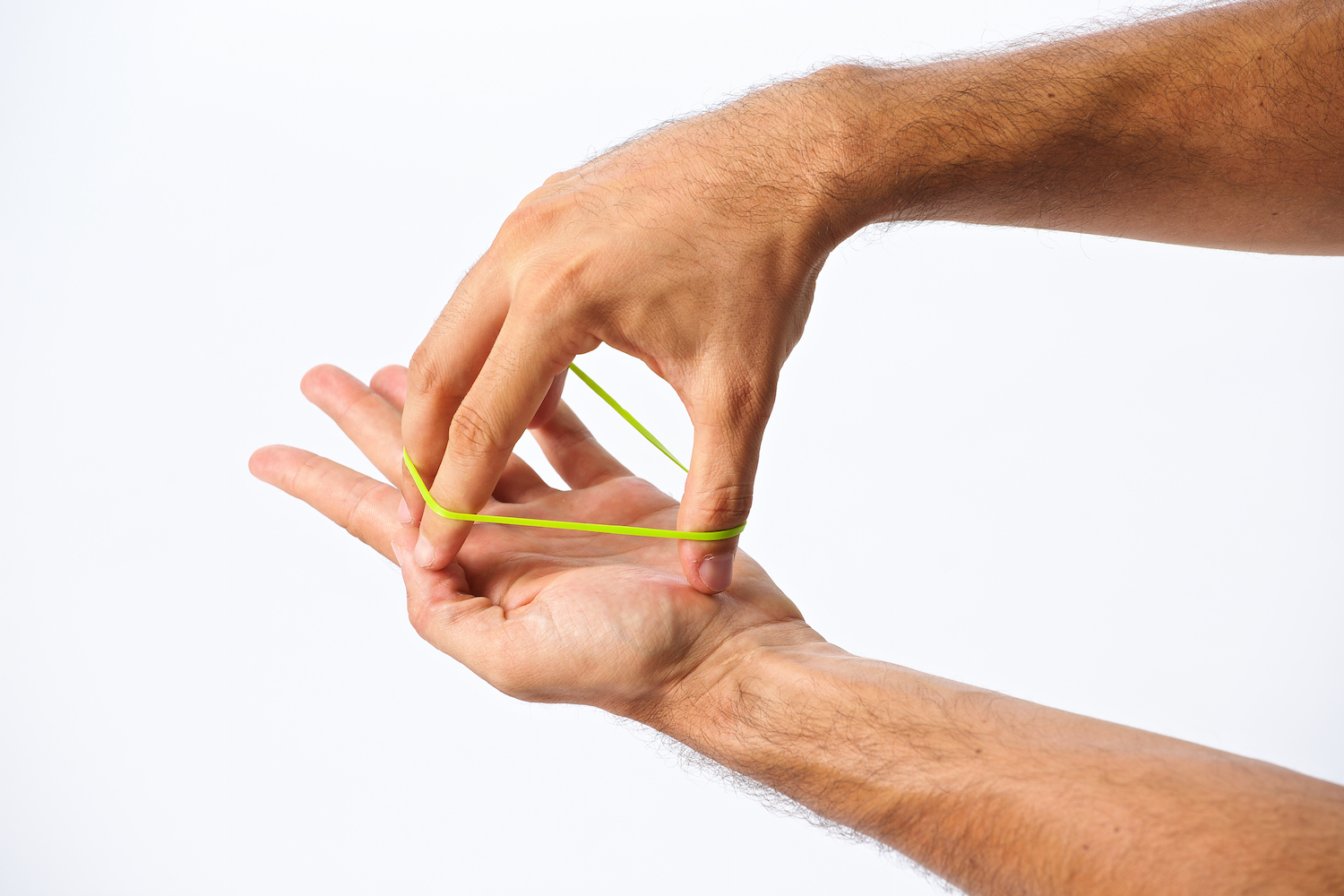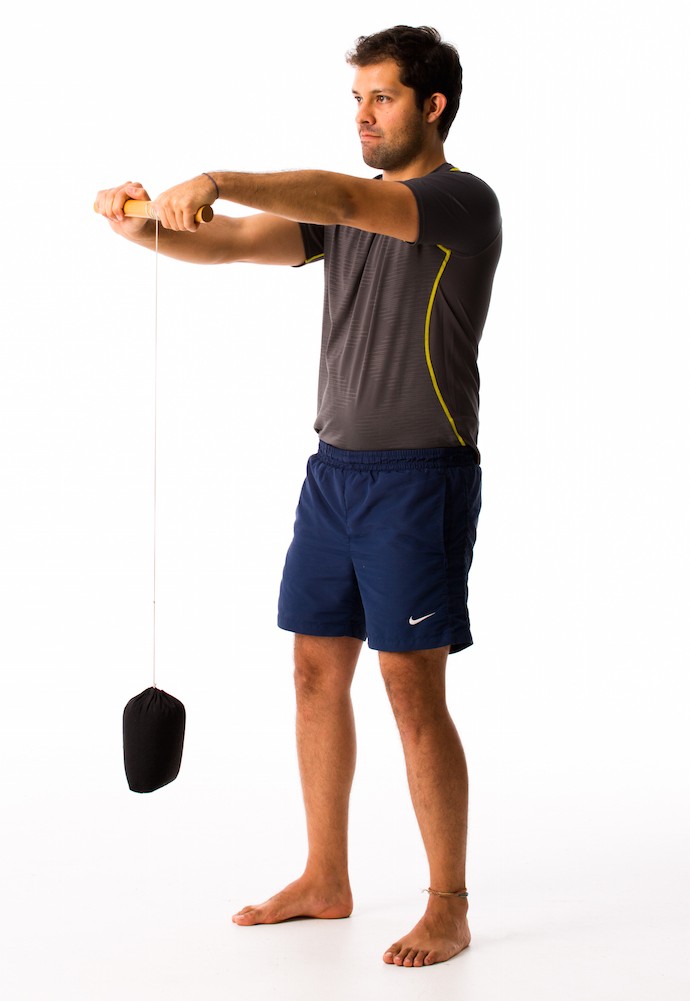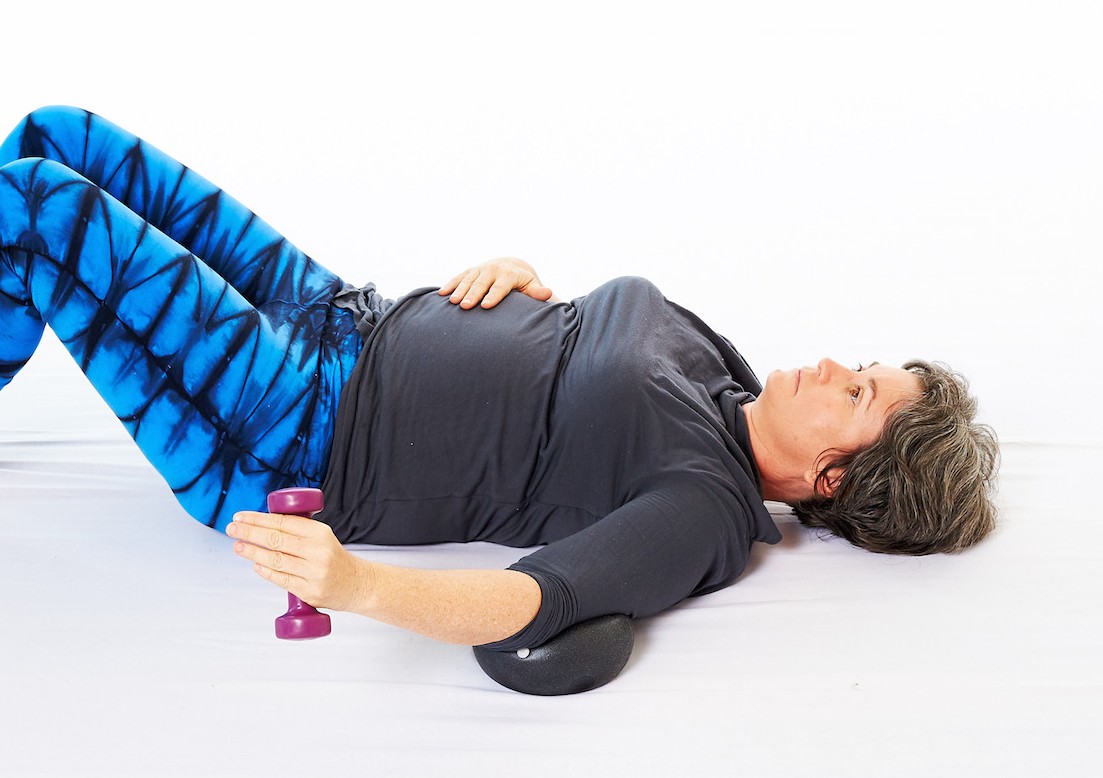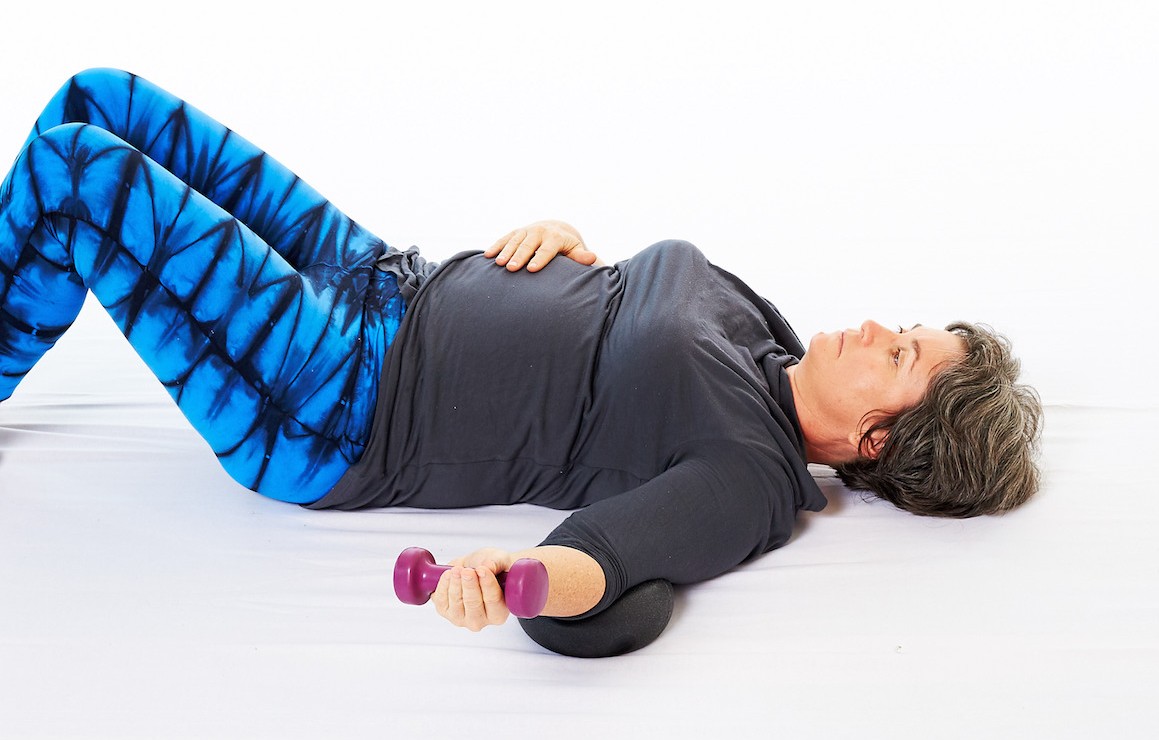Hand Exercises & Wrist Exercises
Sat,Feb 27, 2016 at 02:00AM by Carla Mullins
Hand exercises for use in pilates and movement classes
Hand exercises and wrist exercises are important elements of pilates and movement classes, however they are often given little attention as compared to other areas of the body.
“The hand is the visible part of the brain.”
Immanuel Kant, German philosopher 1724 – 1804
Over the years I have become increasingly aware of how we neglect our hands, those little things at the end of the arm that we use for feeding and dressing ourselves, amongst other things. They are lovely things and without them a hug is just not the same; carrying your baby or changing springs on a reformer is not possible. Yet increasingly I deal with people who are not able to do the most basic tasks or even an intermediate level pilates class because their wrists and hands are unable to handle the load or the complexity of the work.
This is not some luddite tirade against tablets and smartphones, but rather a plea for us as movement educators to incorporate more focus into strengthening the hands and wrists as well as maintaining Range of Movement (ROM) in our hands in order to allow people to live their lives with dignity.
What can we do for hand exercises in a movement class?
There are many things we can do and as always we must start with the anatomical structures. These are my focus points when dealing with hands and hand exercises:
// Remember the arches of the hands;
// Remember to move the fingers to maintain optimal ROM;
// Remember to achieve spiral in the ulna and radius as well as the humeral head.
Hand exercises for the arches of the hands
Many people don’t realise that the hands, like the feet, have a series of ligamental structures that support the bones to create the:
// Distal transverse arch;
// Longitudinal arch;
// Oblique arch.
When these arches are not properly strengthened and supported we can feel wrist pain when in 4-point kneeling or when doing hand-support work on the various pieces of pilates equipment. You can see it quite often – the hands are flattened against the floor and there is no arch. Some of you might have learnt piano and remember the teacher nagging you to have your hands as if there is a ball in the palm of the hand. This is exactly that sort of imagery we need to keep in mind when it comes to hand exercises in a movement class.
To help strengthen the palm and to encourage the better placement of the arches I will get people to:
// Do towel scrunches with their hands on the towel, a bit like you would do with the feet scrunches.
// Ensure that the hands are supported at a point so that the person is not placing all the pressure on the wrists, e.g. folding a mat or putting a folder towel under their hands whilst they are building up strength and tolerance for the pressure on their hands;
// Incorporate play dough or theraputty into a class so that the person can squeeze and manipulate the stuff, even whilst doing their foot work on a foot corrector. The manipulation of things like play dough helps to build the strength in a person’s arches, and can just be very relaxing and fun.
Our hands have quite a few bones and as a result a lot of joints. As with all joints, keeping them moving is essential. Anyone with arthritis in their hands can tell you how painful it is to move their hands. If someone has stiff arthritic hands I will work with them to warm their hands up by putting some warm water in a surgical glove or hot water bottle for them to hold in their hands for a little while, before we then do some of the exercises listed below. These are some hand exercises that I use to help people maintain movement in their joints:
// We do the church piano fingers exercise. Download the full church piano fingers exercise sheet for you to try out.
// I get them to put rubber bands around their fingers and press out into the bands, so as to create a resistance for building lumbrical muscle strength.
The ulna and radius bones
The ulna and the radius bones spiral in the forearm to facilitate the movement of the hands. These spirals are most observable when we bend the elbow and move our palms up and down. The phenomena is part of how we also spiral from the shoulders to our fingertips, particularly when our arms are straight. Many people these days spend a lot of their time with elbows bent and little spiral of their hands, therefore we need to find all sorts of strategies to encourage the rotation of the ulna and radius. Some ideas include:
// The old bean bag hand exercise, with the hands both on top of the stick and under the stick;
// The chi ball spiral hand exercise using a light weight.
To learn more about the hand and wrist try our online Anatomy Dimensions courses.
 https://bodyorganicseducation.com/courses/ad-elbows-wrists-hands/
https://bodyorganicseducation.com/courses/ad-elbows-wrists-hands/
Carla Mullins is co-director and co-owner of Body Organics, a multidisciplinary health and body movement practice with 3 studios in Brisbane. Carla is a Level 4 Professional Practitioner with the APMA and has also studied pilates with PITC as well as Polestar. She also has a LLB (QUT), M. Soc Sc & Policy (UNSW), Diploma Pilates Professional Practice (PITC), Gyrotonic Level 1, CoreAlign Level 1, 2 and 3 and Certificate IV in Training and Assessment.
 0
0 

